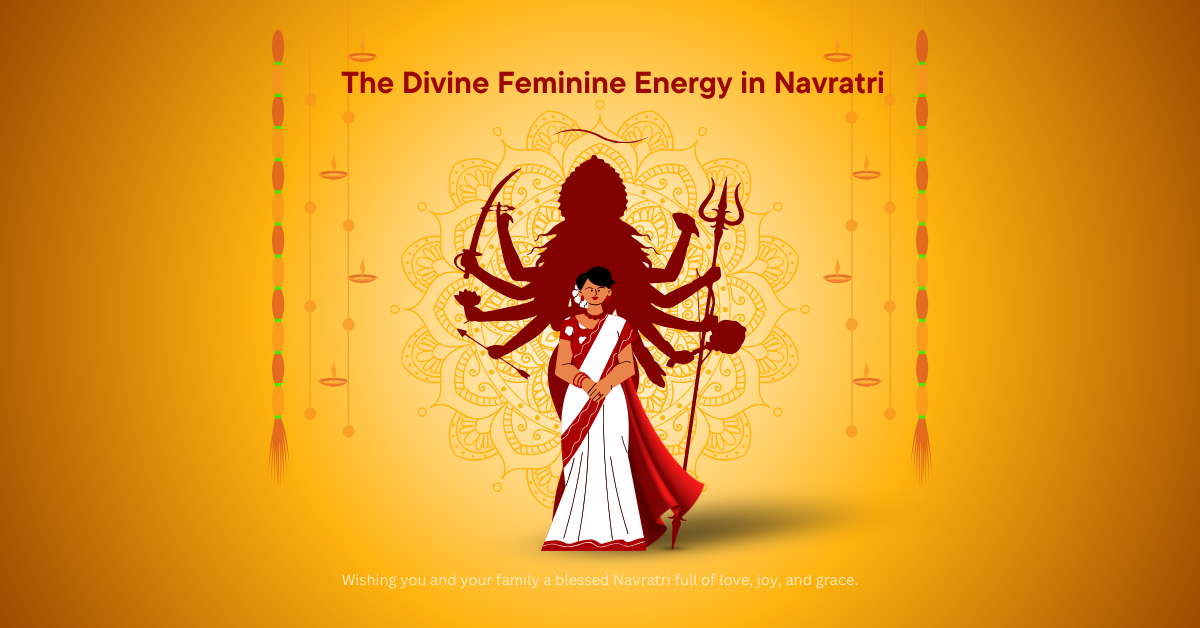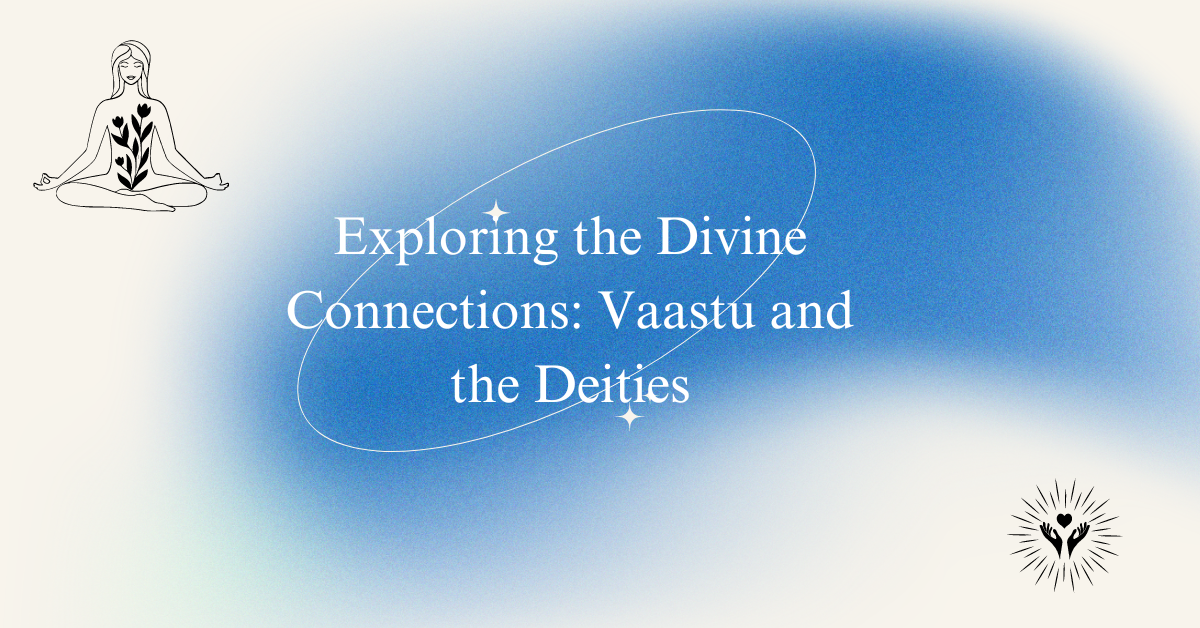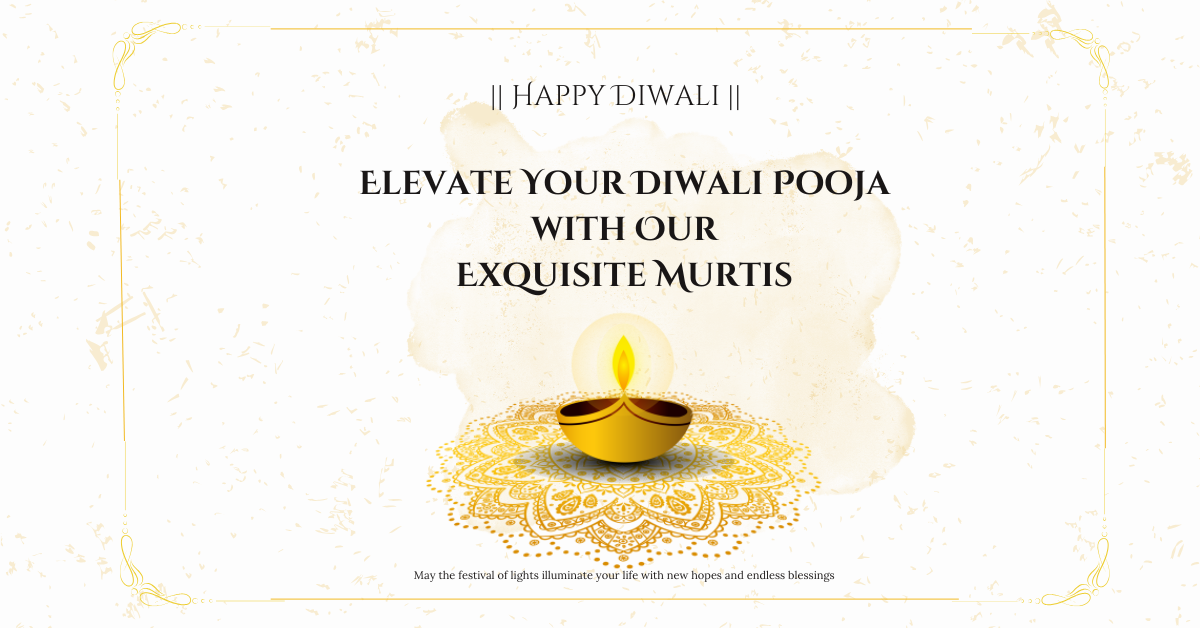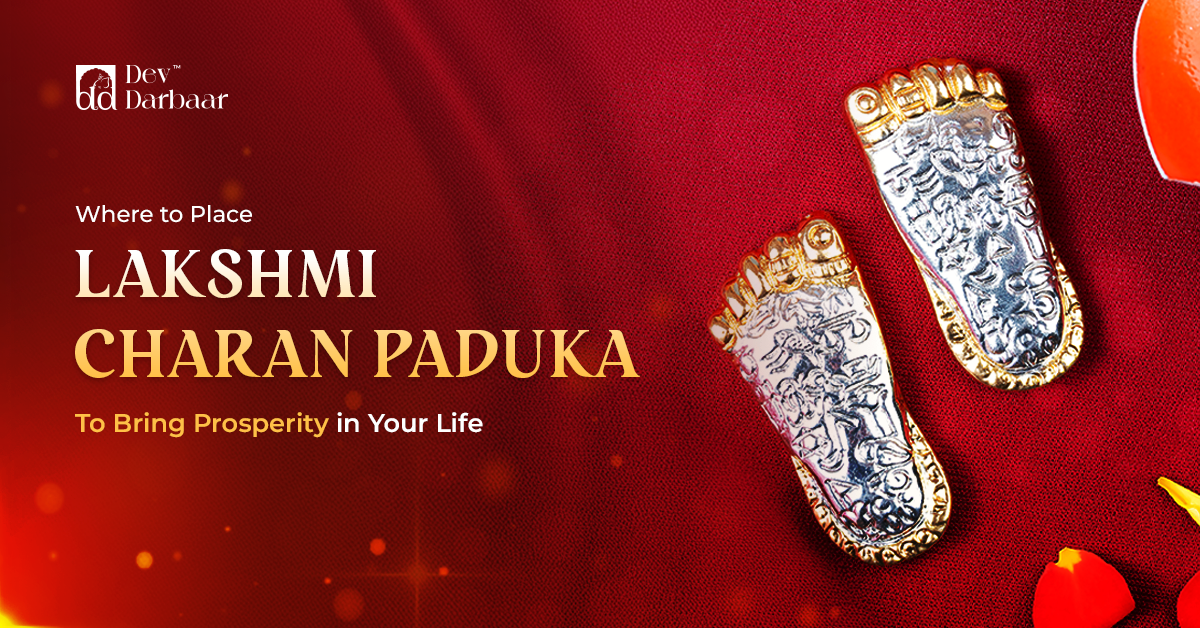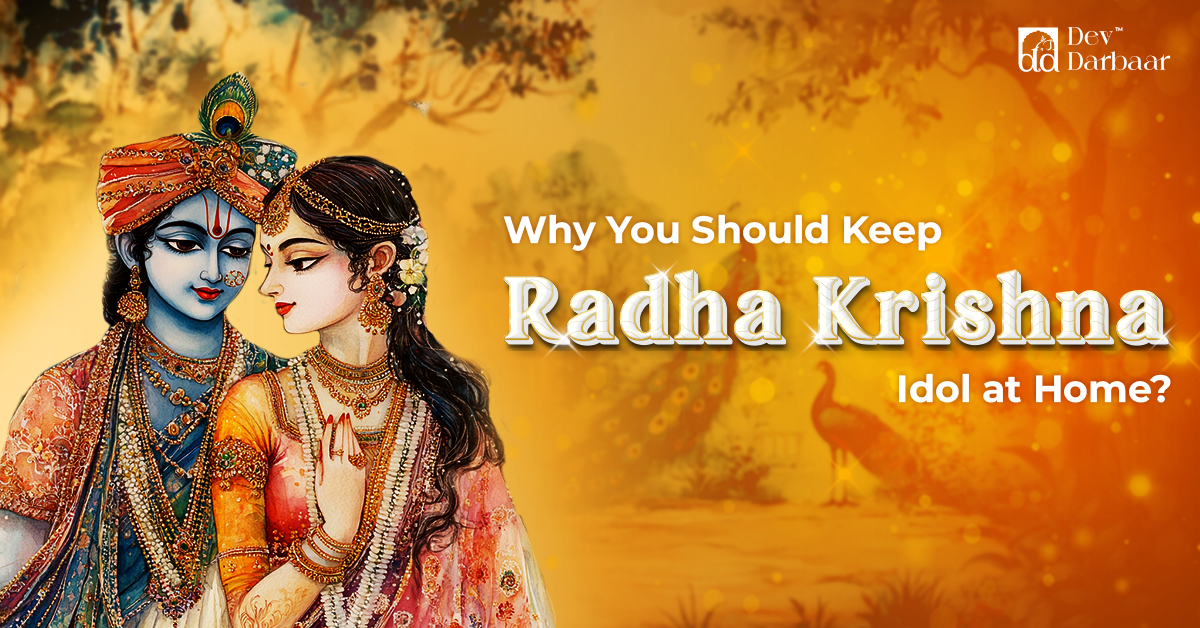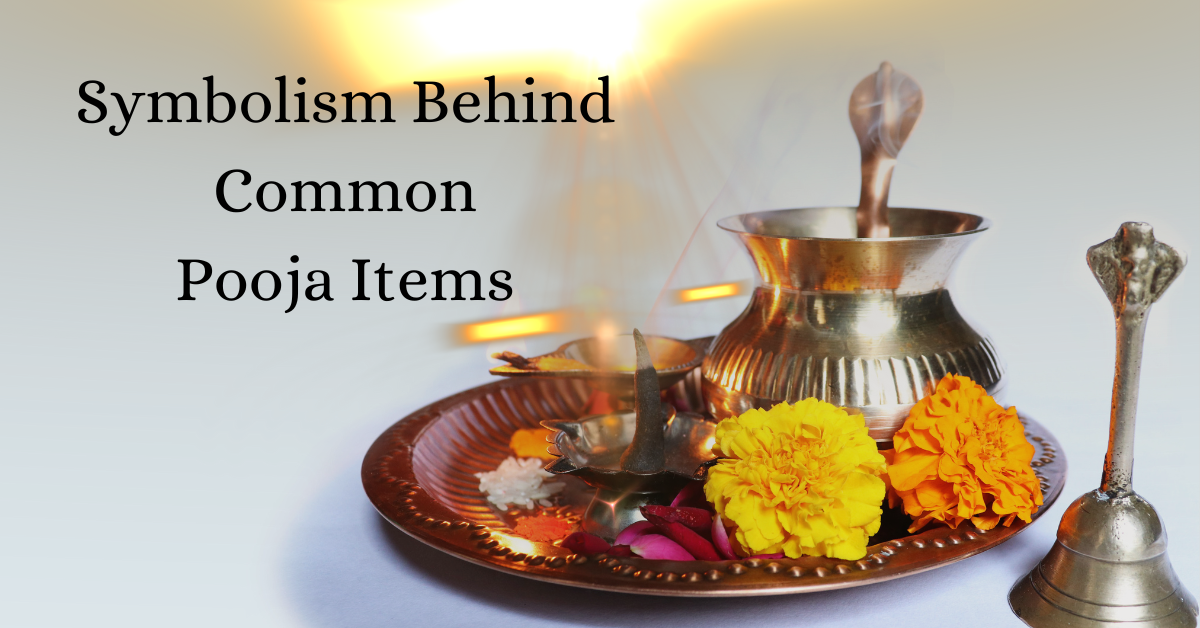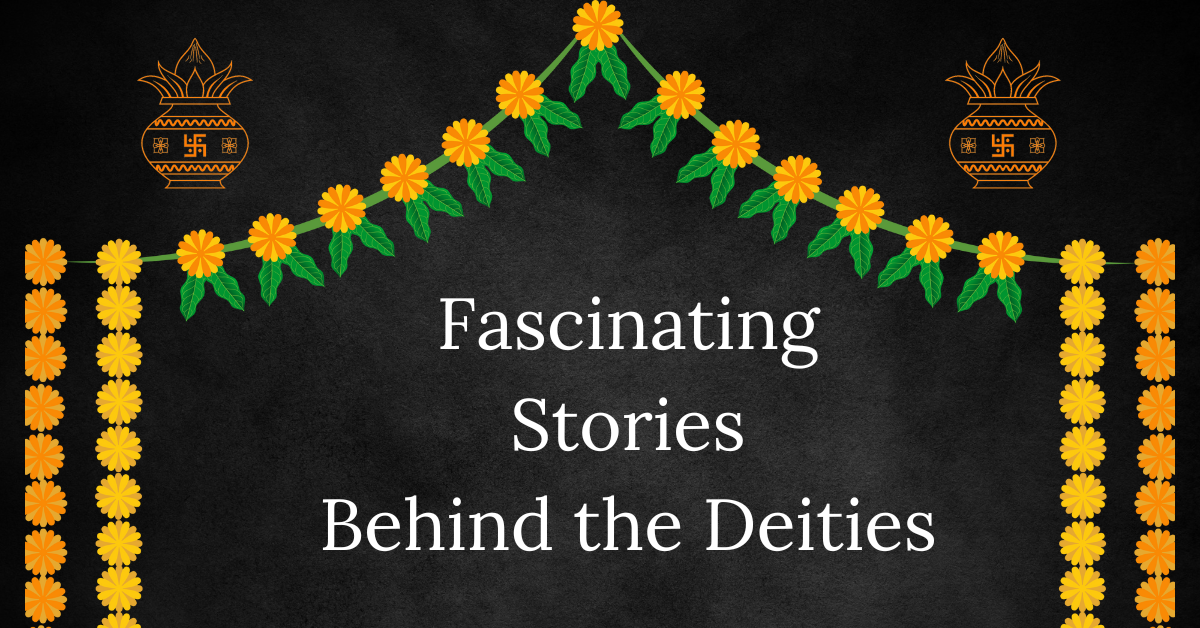Imagine a force extremely powerful yet so loving that it provides the strength to deal with any darkness, and at the same time, the compassion to nurture all creations. This is the power of Maa Durga, the fierce and the gentle mother of the universe.
Maa Durga has nine different avatars, known as Navadurga and each avatar is celebrated during a festival known as Navratri. Each of the Maa Durga’s avatars is not just a different appearance but tells a story about her power and grace.
In this blog, we will explore all the incredible forms of Maa Durga and understand their significance, commonly known as “Navadurga Significance”.
Understanding the Navadurga
The word “Navadurga" comes from the Sanskrit language and contains two major sub-words: Nava and Durga. "Nava" means nine, and "Durga" is the name of the supreme goddess we are talking about. So, Navadurga means the nine forms or avatars of Maa Durga.
The nine avatars of Maa Durga are important as they represent different qualities and powers of the Divine Femininity. These avatars are like various shades on a beautiful piece of art, blended into one large picture of Maa Durga.
Understanding the "meaning of Navadurga" helps in understanding each avatar of Maa Durga. Each one has a story to tell and you get something to learn from.
The Nine Avatars of Maa Durga
Shailaputri - Daughter of the Mountains
"Shaila" means mountain, and "Putri" means daughter. So, Maa Shailaputri is a daughter of mountains! She's normally shown with two arms. One arm carries a Trishul (a three-pronged spear), and the other arm holds a lotus flower. She sits on a bull. Maa Shailaputri represents the beginning of our spiritual path. She teaches us to be firm in our beliefs.
Brahmacharini - The Worshipper
“Brahma" means deep devotion, and "Charini" means the one who practices or walks. So, Maa Brahmacharini is the goddess who practices deep devotion and self-control. Maa Brahmacharini looks calm and focused.
She is usually shown barefoot and has prayer beads in one hand and a water pot in the other hand. She teaches us about the power of concentration, hard work, and being strong in our spiritual practices in order to develop.
Chandraghanta - The Carrier of the Crescent Moon
"Chandra" means moon and "Ghanta" means bell. Maa Chandraghanta has a crescent moon on her forehead, resembling a bell. She has multiple arms and she carries various weapons. She rides a lion or a tiger.
Maa Chandraghanta symbolizes courage and strength. The ring of the bell in her head teaches us to be cautious against evil all times.
Kushmanda - The Creator of the Universe
Maa Kushmanda has eight arms, and in each of them, she is holding different strong objects. She is usually shown smiling softly. Maa Kushmanda represents the energy that brings everything into existence. She is believed to bring abundance and good health.
Skandamata - Mother of Skanda (Kartikeya)
Maa Skandamata is depicted carrying the baby Skanda (also, known as Kartikeya), the war god. She sits on a lion and has four arms.
Maa Skandamata symbolizes the power and love of a mother. She represents that a mother can be kind but strong enough to protect her children.
Katyayani - The Warrior Goddess
Maa Katyayani is a powerful warrior! She sits on a lion and has multiple arms holding different weapons. Her pose depicts strength and willingness to fight against evil. Maa Katyayani is all about courage, strength, and being able to fight anything that's not right.
Kalaratri - Destroyer of Darkness
Maa Kalaratri is depicted with dark skin, wild hair, and a garland of skulls. She holds a sword and a trident (a three-tipped spear). She rides on a donkey. Kalaratri means to destroy darkness and ignorance. Maa Kalaratri may appear scary, but she brings light and keeps us safe from negativity.
Mahagauri - The Purity and Serenity Goddess
Maa Mahagauri is depicted with a fair complexion and she frequently rides a bull or a white elephant. She appears most of the time with four arms and represents peace and purity.
Siddhidatri - The Giver of Accomplishments
“Siddhi" refers to spiritual power or success, and "Datri" means giver. So, Maa Siddhidatri is a goddess who has spiritual powers and success. Maa Siddhidatri sits on a lotus flower and has eight arms. She represents the ultimate achievement and blessings.
To know more about the nine forms of Maa Durga, you can refer to our blog.
Conclusion
Each of “Maa Durga avatars” represents a different kind of strength, wisdom, and love. From the mountain’s daughter to the destroyer of darkness, each avatar has one special “Navadurga Significance”.
Maa Durga represents divine femininity, which means she is not just one thing, but a combination of many things, such as fierce, gentle, powerful, and calm.
We are sure that by now you must have understood the significance of each avatar of Maa Durga. And, we are here to help you with the best quality Maa Durga murti for your home.
At DevDarbaar, we understand the importance of quality and craftsmanship. We take great care in providing the best idols and spiritual pieces, crafted with the finest materials and high attention to detail. So, what are you waiting for? Welcome the fierce yet lovable energy of Maa Durga into your home with us. Visit our website today and find your perfect Maa Durga Murti!



